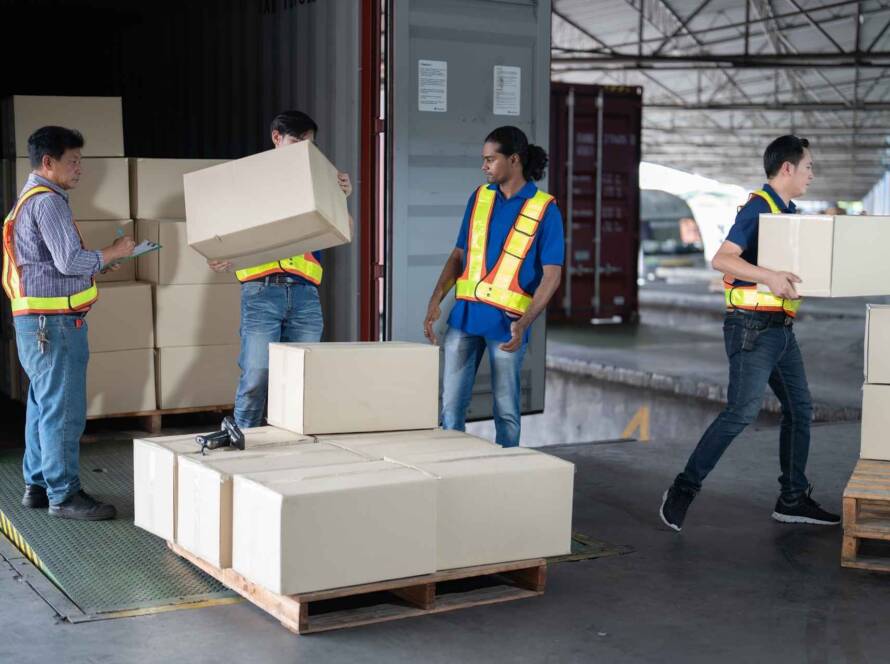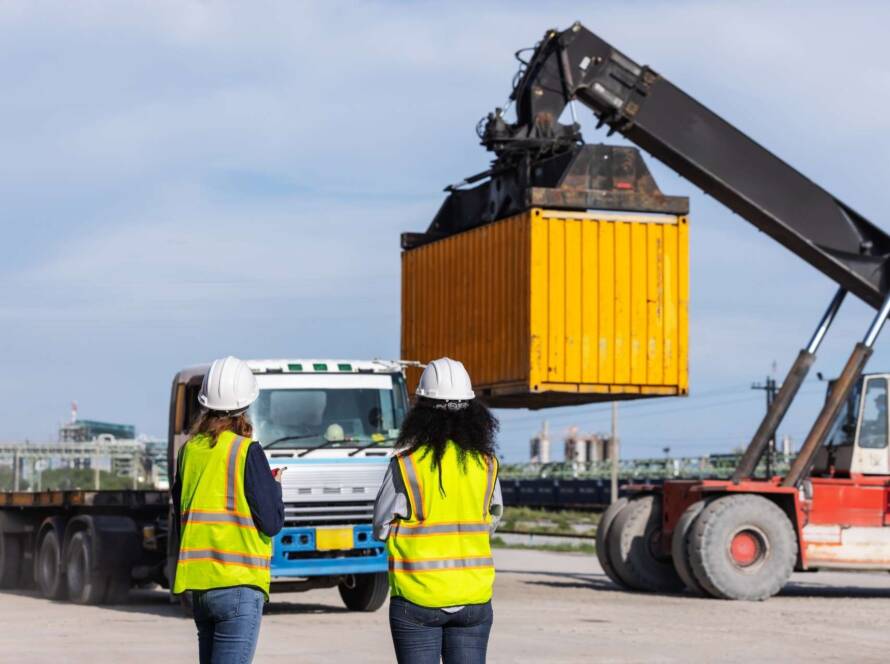In transportation and logistics, knowing the load volume of your cargo is essential for efficient planning, cost estimation, and compliance with vehicle capacity limits. Whether you’re transporting goods by truck, container, or pallet, understanding how to calculate load volume ensures you make the best use of available space while avoiding overload penalties.
This guide explains the key steps and considerations for calculating load volume correctly.
1. What Is Load Volume?
Load volume refers to the amount of physical space your cargo occupies, typically measured in cubic meters (m³). It is calculated by multiplying the length, width, and height of the load. Accurately determining this measurement is important for:
- Choosing the right transport vehicle or container
- Maximizing space efficiency
- Estimating transport costs
- Meeting safety and legal requirements
2. Measuring the Dimensions
The first step in calculating load volume is to measure your cargo. Use a tape measure or laser measuring device to determine:
- Length (L) — the longest side of the load
- Width (W) — the side perpendicular to the length
- Height (H) — the vertical dimension from base to top
Always measure in meters for easy conversion to cubic meters. If you measure in centimeters, you’ll need to convert the result later.
Example:
If a box measures 1.2 m (L) × 0.8 m (W) × 1.5 m (H), you simply multiply these values:
1.2 × 0.8 × 1.5 = 1.44 m³
3. Calculating for Multiple Items
When transporting more than one item, calculate the volume for each separately, then add the totals together.
Example:
- Box A: 1.2 × 0.8 × 1.5 = 1.44 m³
- Box B: 1.0 × 1.0 × 2.0 = 2.00 m³
Total Load Volume = 1.44 + 2.00 = 3.44 m³
4. Considering Irregular Shapes
Not all cargo is neatly packed into perfect boxes. Irregularly shaped items, such as machinery or furniture, may require estimation. In such cases:
- Measure the maximum dimensions to ensure enough space is allocated.
- For cylindrical items, use the formula: Volume = π × radius² × height
- For triangular or trapezoidal shapes, use the corresponding geometric volume formula.
When in doubt, round up your measurements to avoid underestimating the required space.
5. Palletized Cargo
When goods are loaded on pallets, the load volume includes the pallet dimensions. Standard European pallets (EUR-pallets) measure 1.2 m × 0.8 m, while standard American pallets are 1.016 m × 1.219 m.
Example:
A EUR-pallet stacked 1.5 m high would have a volume of:
1.2 × 0.8 × 1.5 = 1.44 m³
Even if the goods themselves do not fill the entire cubic space, transport calculations typically account for the full dimensions to plan capacity.
6. Vehicle Capacity Considerations
Knowing your load volume is essential to match it with your vehicle’s capacity. For example:
- A small van might hold 3–6 m³
- A 7.5-ton truck may hold around 30 m³
- A standard 20-foot container holds approximately 33 m³
- A 40-foot container holds about 67 m³
Exceeding the available volume could mean extra trips or the need for a larger vehicle.
7. Weight vs. Volume
While volume is critical for space planning, weight is equally important for safety and compliance. Some cargo is “volume-limited” (bulky but light), while other cargo is “weight-limited” (heavy but compact). Both factors must be checked against vehicle specifications.
8. Tools & Technology
Today, many logistics companies use load calculators, warehouse management systems (WMS), or 3D scanning technology to measure load volume more precisely. These tools reduce human error and optimize space allocation for better efficiency.
Conclusion
Calculating load volume correctly is a simple but vital part of logistics. By accurately measuring dimensions, accounting for irregular shapes, and understanding your vehicle’s capacity, you can avoid costly inefficiencies and ensure a smooth transportation process.
Whether you’re moving a single pallet or filling an entire container, knowing your load volume gives you the clarity to plan effectively and maximize every cubic meter.

